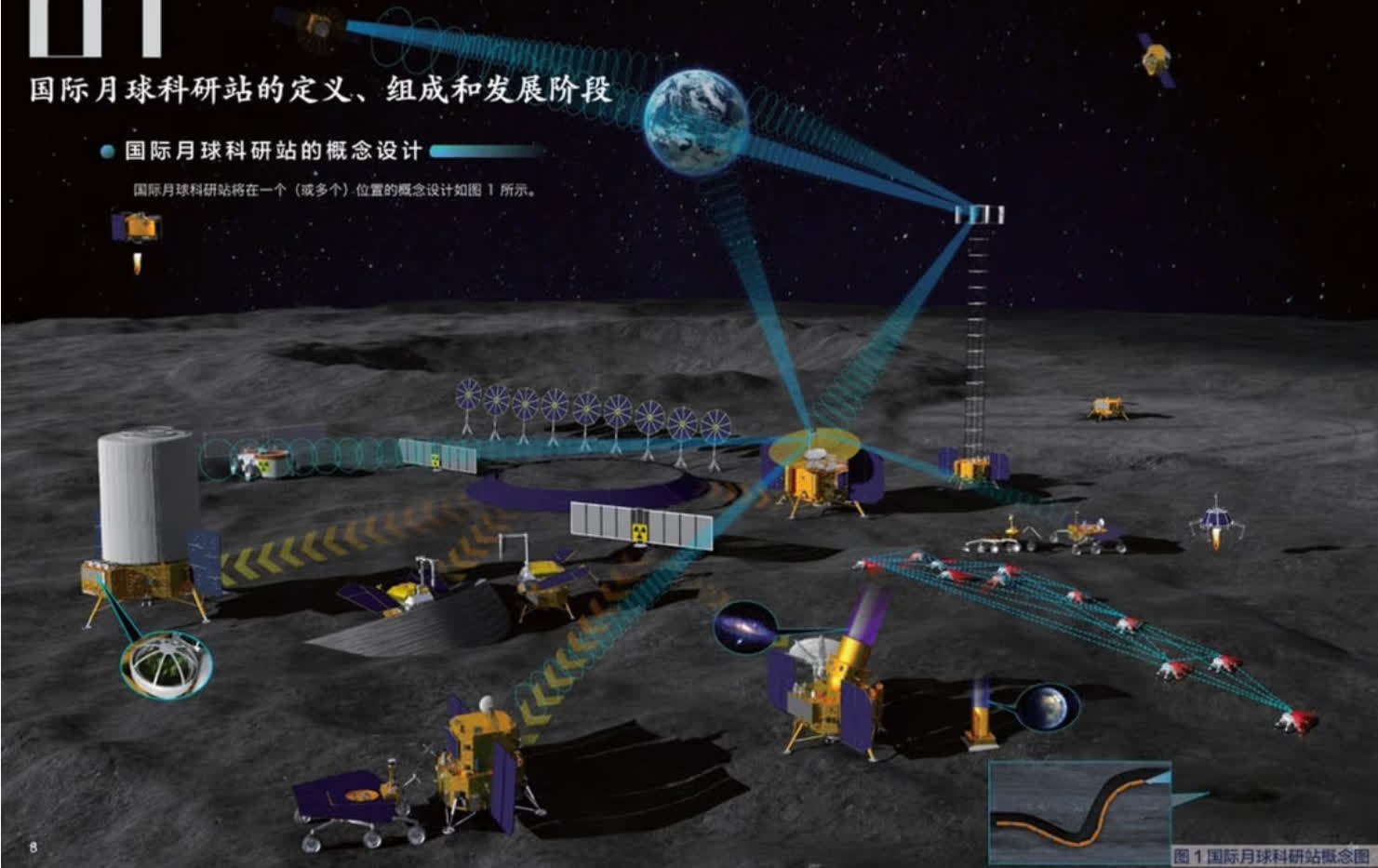Forward-searching: China and the United States contend in lots of places, and it seems that the moon could become yet another spot of contention for the two superpowers. The Asian country designs to establish its first lunar foundation by 2028, although the White Dwelling wishes to bring humans to the surface by 2025.
The South China Morning Post experiences that China’s moon base will very likely be nuclear-powered. Its simple configuration will consist of a lander, hopper, orbiter, and rover, and be constructed by the Chang’e 6, 7, and 8 missions.
“We are now developing a new process that uses nuclear energy to tackle the moon station’s extensive-term, substantial-energy power calls for,” said Wu Weiran, chief designer of China’s lunar exploration application through an job interview with condition broadcaster CCTV before this week. “(We) hope our astronauts will be capable to go to the moon in 10 years.”

China has been challenging the US in the discipline of space exploration for a long time now. The region is setting up its individual area station and has despatched probes to the moon—it was the to start with to land a rover on the considerably aspect of the moon in 2019.
The base will likely be built in the moon’s southern polar area. It will ultimately increase into an worldwide scientific investigate station, and astronauts from China, Russia, and other prospective partner nations around the world will operate there often, but it will be unmanned most of the time.
China’s announcement will come just a few of weeks immediately after the White House’s nationwide science and technology council unveiled its new National Cislunar Science and Engineering Approach. Some of the designs relate to the moon, together with proposals for a long term outpost on the south pole place.
In June, NASA and the Department of Energy chosen three corporations, together with Lockheed Martin, to style concepts for a fission surface electrical power process to present nuclear electrical power on the Moon.
In 2020, eight nations signed the US-led Artemis Accords, in which signatories concur to interoperability, tranquil exploration, deconfliction of activities, and much more, with the intention of averting conflicts in house. Just about 20 international locations have now agreed to the principles, but Russia and China are the two notable absentees.







More Stories
Boost Your Business with Expert SEO Services from Chain Reaction in Jordan
I Used to Struggle With Where to Send My Kids to School. Now I Struggle With Sending Them at All.
The 7 things you need to have your own website